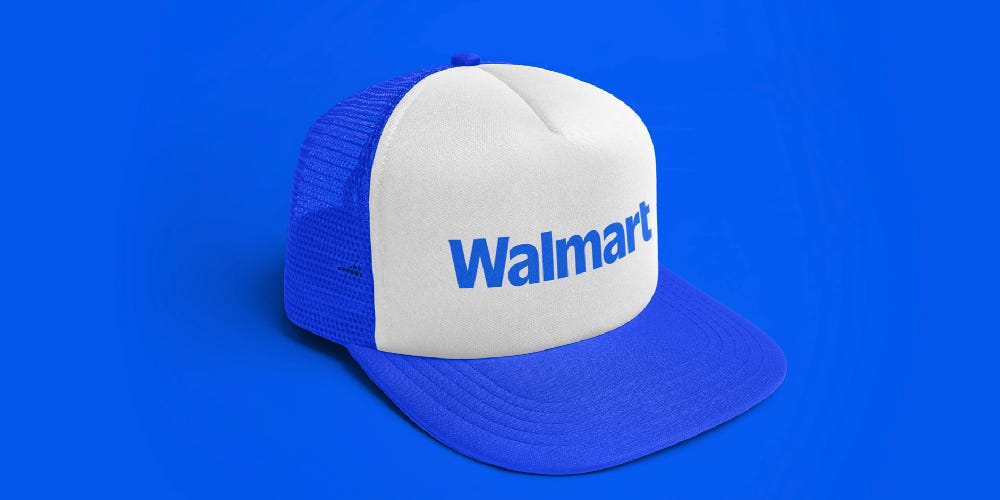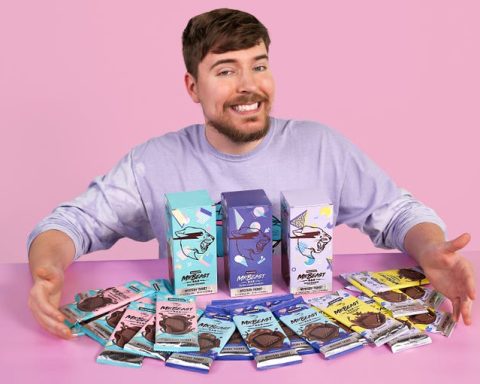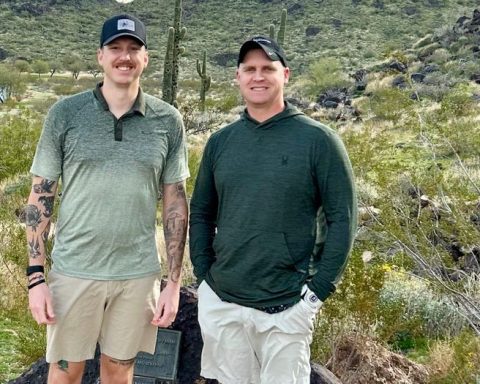TV companies are contributing to YouTube’s growth in long-form viewing. Some are distributing full-length episodes and even creating originals for the frenemy platform. Companies like the UK’s Channel 4 and Fremantle are discovering new audiences and revenue streams there. Many TV companies have shifted from trying to compete with YouTube and have started to embrace its rise instead. TV has now become the leading platform for watching YouTube in the US, outpacing mobile and desktop views. Moreover, Hollywood is increasingly providing shows for viewers to enjoy on this platform.
“Long-form content is now thriving on YouTube,” media industry analyst Evan Shapiro told Business Insider. “Mainstream media companies are leaning into it by programming YouTube with their existing libraries of long-form TV.” This content encompasses everything from full-length episodes and movies to original shows created specifically for the platform. The reality TV and game show sectors have been particularly proactive in this regard. British broadcaster ITV recently struck a deal with YouTube to upload hundreds of hours of hit shows like “Love Island” and “I’m a Celebrity” onto the platform.
The production company Fremantle, known for popular formats like “The Price is Right” and “Too Hot to Handle,” has expanded its YouTube presence significantly over the past several years, now boasting 1,500 channels and a combined total of 32 billion views across YouTube and Facebook. Additionally, unscripted production powerhouse Banijay offers 75,000 hours of full-length shows such as “Big Brother” and “MasterChef” on YouTube. Over the last year, the UK’s Channel 4 has also ramped up its sharing of full-length episodes of lifestyle shows and documentaries on the platform.
The strategies employed by media companies have extended beyond lifestyle content. Recently, Warner Bros. Discovery started posting episodes of “Last Week Tonight with John Oliver” on YouTube the day after they air on HBO and Max. Previously, viewers had to wait four days to watch new episodes on YouTube. WBD has also been making older, full-length movies available on YouTube for a few years but recently shifted them to its own channel to enhance visibility.
In another clear indication of YouTube’s significant reach, some companies are even beginning to produce original shows specifically for the platform. Paramount Global’s Nickelodeon launched its first animated series for YouTube, titled “Kid Cowboy,” and has indicated that more will follow. Fremantle, too, has decided to create originals for YouTube, currently working on two shows, including a comedic video podcast called “High in the Sky,” where the hosts discuss conspiracy theories, along with several other projects in the pipeline. “About 18 months ago, we realized we needed to future-proof ourselves,” said Brian Lovett, head of content strategy for Fremantle’s Original Productions studio. “Cable, broadcast, streaming, are significant parts of our business, and we excel at that. But what other avenues can we explore?”
Netflix has also brought aboard popular YouTuber Ms. Rachel.
Disney has made some of its shows available on YouTube, such as “Bluey,” which was the leading preschool channel on the platform in 2024, according to Digital i. However, it’s unlikely that major media giants like Disney or NBCUniversal, which have invested billions into their streaming services, will release vast portions of their extensive catalogs onto YouTube anytime soon. In contrast, Netflix and Amazon, with their substantial financial resources and large audiences, are approaching YouTube differently than some traditional TV competitors by licensing or developing shows with popular YouTubers for their own platforms.
Despite this, some industry executives suggest that the relationship between YouTube and paid streaming services will continue to grow as the industry evolves. “The audience and power of YouTube is undeniable,” Lovett stated. After all, distributing content to various audiences has always been a core aspect of media. Recently, some Hollywood companies have reentered the licensing arena as they search for cash, following a period of hoarding their content to support their own streaming platforms. Shows that have returned to Netflix include HBO’s “Sex and the City” and Disney’s “Grey’s Anatomy.” Could these shows eventually find their way to YouTube?






